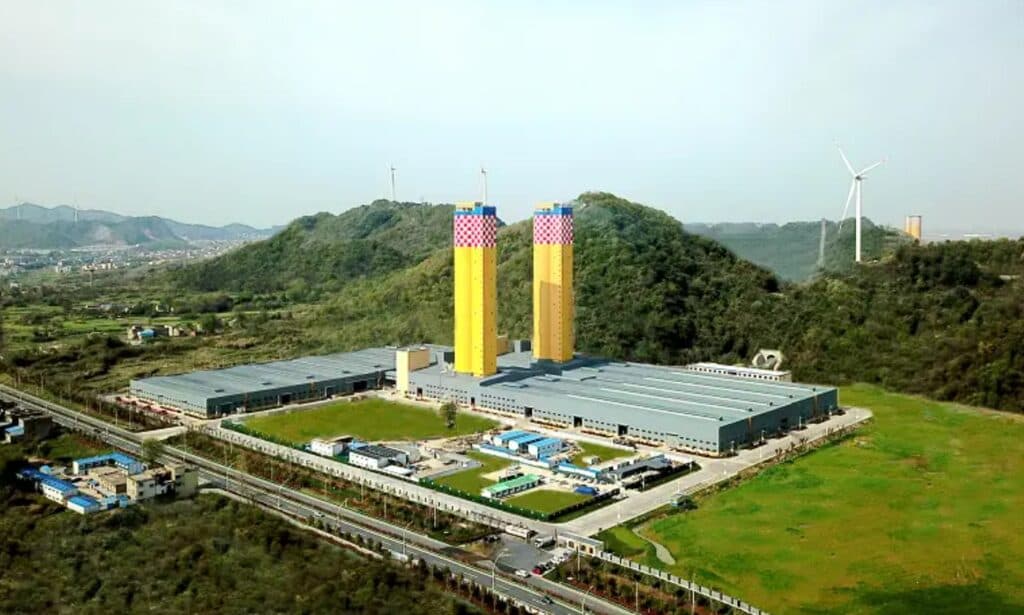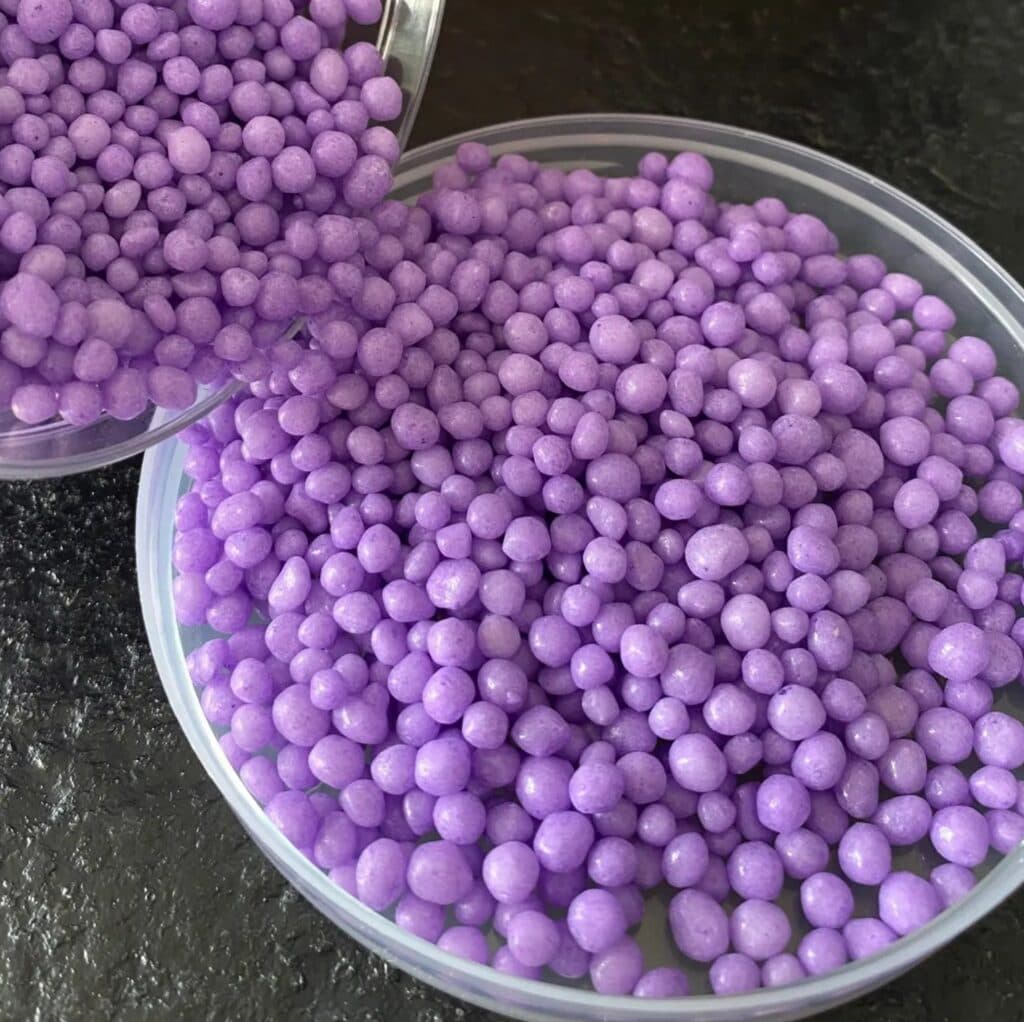What is high tower wet granulation method?

What is wet granulation high prilling tower?
Wet granulation prilling towers are generally cylindrical (40 to 130 m high, 8 to 22 m in diameter) tall concrete or metal structures. The cost of building a wet granulation tower is generally around 1.5 million USD. There are two types of wet granulation tower ventilation: mechanical ventilation and natural ventilation. Therefore, two different tower types are formed. Early prilling towers all used mechanical ventilation, but this increased operating costs.
Why High tower granulation is favored in China?
Because China is a country with a large population, wet granulation is suitable for the production of high-nitrogen fertilizers, which refer to fertilizers with high nitrogen content. High-nitrogen fertilizers can promote plant growth and increase yields. The use of high-nitrogen fertilizers can also improve soil structure, which is beneficial to soil ventilation, water retention and fertilizer retention. Since high nitrogen fertilizer can promote the growth of crops, the root system of crops will also be more developed, thereby increasing the microbial biomass and organic matter content of the soil, further promoting the improvement of soil structure.

What are the design principle of wet granulation?
In the early 1960s, the wet granulation prilling tower began to use air thermal head for natural ventilation. Under the same particle falling distance, the natural ventilation volume of the wet granulation tower is about 20% to 30% less than the mechanical ventilation of the granulation tower, so the heat transfer temperature difference is small and the discharge temperature is high. In order to achieve the same cooling effect, the height of the wet granulation tower needs to be increased, so the infrastructure cost is higher. In natural ventilation, due to the small thermal head, the resistance of the inlet and outlet wind should be reduced as much as possible. The inlet and outlet should be opened as much as possible so that the horizontal dimension is larger than the longitudinal dimension.
How to determine the height of the prilling tower?
The height of the wet granulation high tower should be the minimum tower height that meets certain requirements. From a technical perspective, the higher the tower, the more reliable it is. The conditions based on the design are atmospheric temperature, material exit temperature and particle diameter. The atmospheric temperature should be the average temperature in the high-temperature season of the year, and the temperature of the materials leaving the tower should not be too high or too low.
Why temperature control is crucial in terms of wet granulation?
If the material exiting the wet granulation tower temperature is too high, the material will not be cooled and solidified, and it will easily stick to the bottom of the prilling tower. At the same time, it will be easily ground and powdered during the subsequent cooling process, which is not conducive to screening;
if the discharge temperature is too low, products will easily appear during high humidity seasons. Absorbs moisture. Therefore, the tower height and tower diameter of the wet granulation tower must be determined through calculation or chart reference based on local climatic conditions. Due to the particularity of compound fertilizer slurry, the melting slurry temperature is lower than that of single nitrogen fertilizer, the cooling and solidification time of the slurry is longer, and the particles are larger.
Therefore, compound fertilizer wet granulation towers are generally taller than urea and ammonium nitrate wet granulation towers.
High tower wet granulation prilling product collecting device
The collecting device at the bottom of the tower adopts two methods: conical bucket and scraper. The tapered bucket saves investment and maintenance costs, but it occupies an effective height of 9 to 12 m, making the actual tower higher, so the investment is also saved; although the scraper occupies an effective height of 3 to 5 m less, but due to maintenance It is expensive and easy to scrape materials, so it is generally not used in compound fertilizer granulation towers. The cone hopper can use multiple cone hoppers to discharge materials, and the height occupied can generally be reduced to 5 to 7 m.

